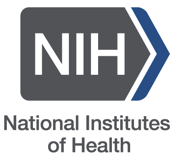
Many medical scientists feel most comfortable at the laboratory bench, developing hypotheses, testing ideas, and running experiments. The US National Institutes of Health (NIH), too, almost exclusively funds this type of hypothesis-driven basic research.
However, bringing a drug, diagnostic tool, or medical device to market requires a lot more than basic research. The problem, scientists say, is that federal funding runs out long before a potential product is ready for investors. “If you’ve made a discovery with NIH grant money and you want to run some studies in a mouse model, those can be expensive, and it’s not the type of study that NIH reviewers typically like. There’s this gap in the ability to get money”, says Paul DiCorleto, director of Cleveland Clinic’s Lerner Research Institute.
